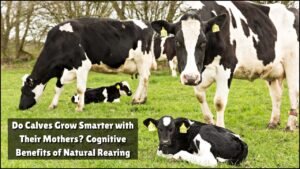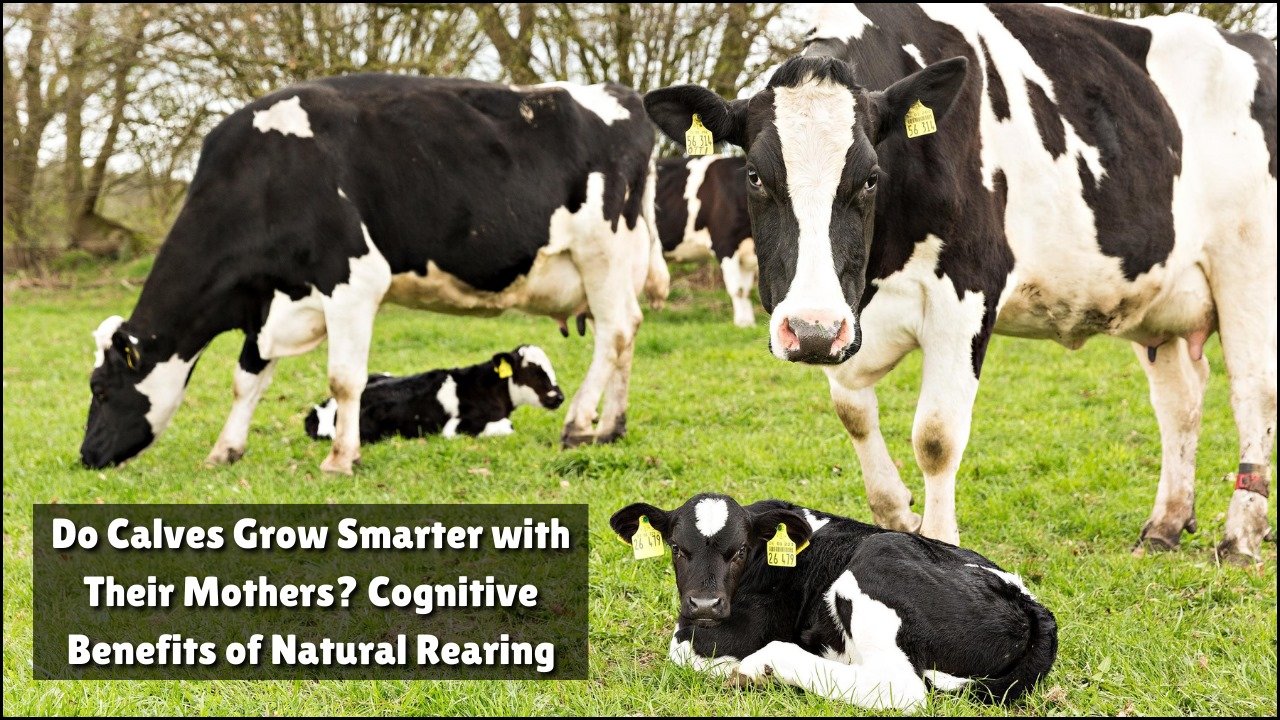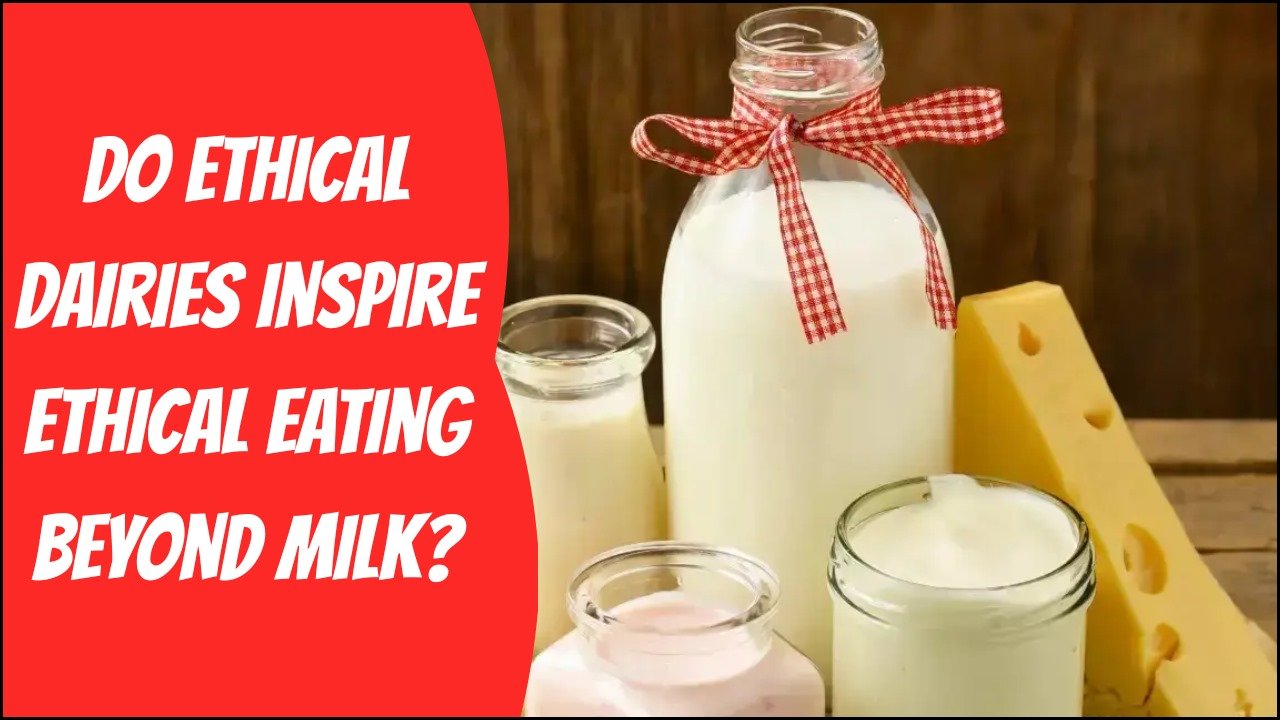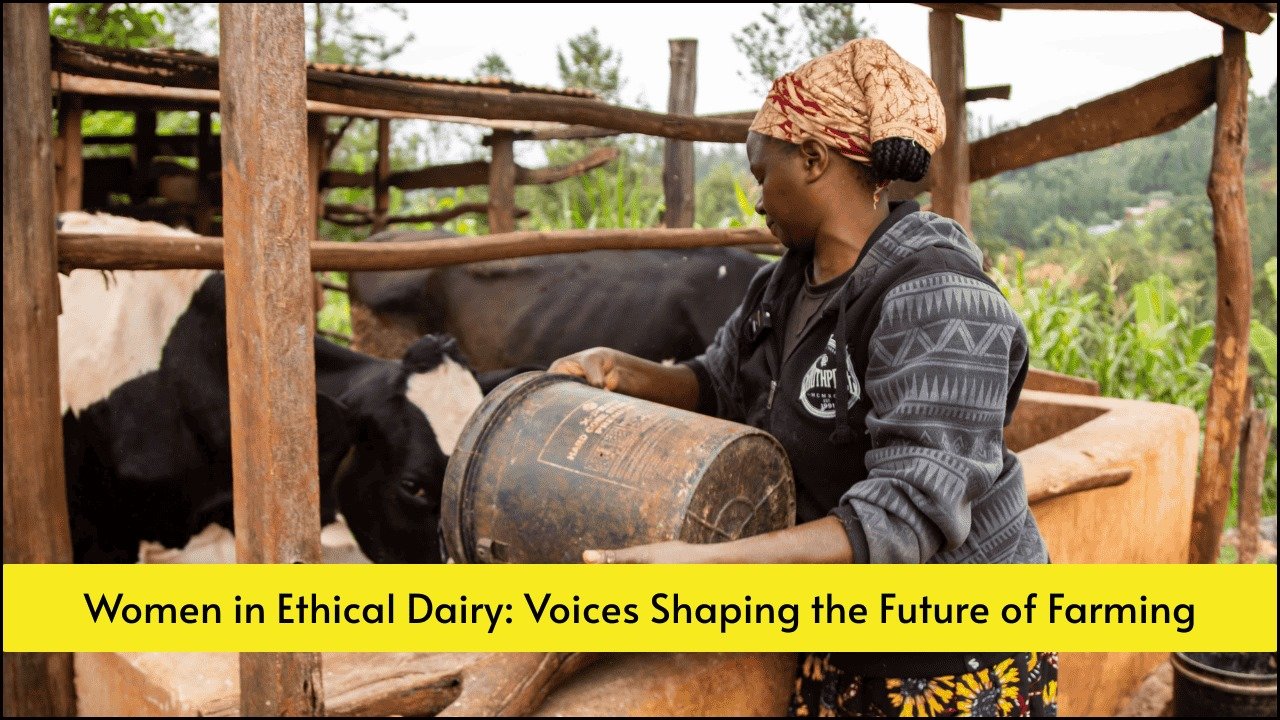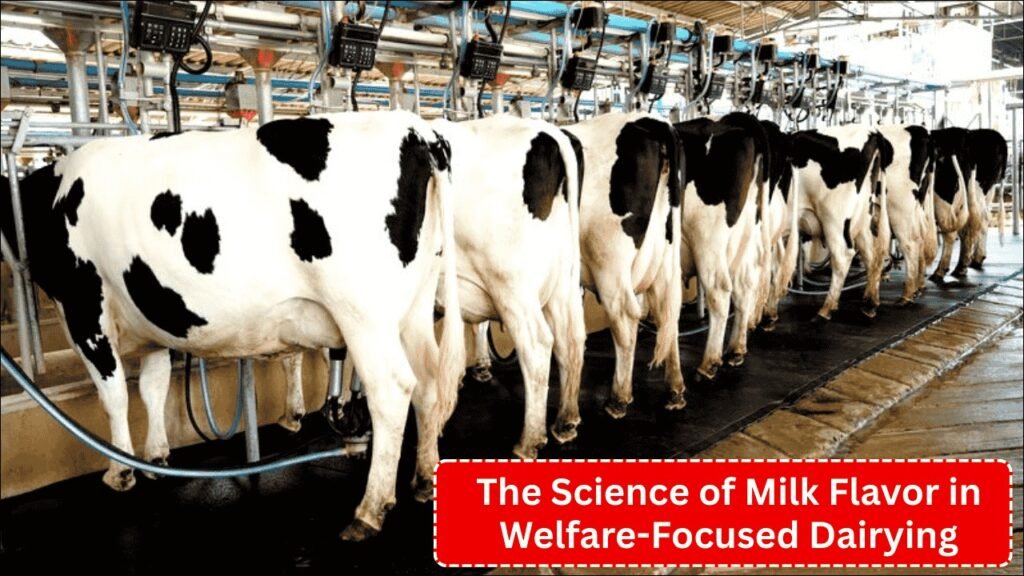
In recent years, consumer interest in milk from welfare-focused dairy farms has grown, not only for ethical reasons but also for its unique taste and nutritional profile. Practices such as extended calf contact and pasture-based grazing—common in welfare-first systems—can influence the flavor, aroma, and nutrient content of milk in ways that set it apart from conventionally produced dairy.
Understanding the science behind these differences can help farmers market their products more effectively and give consumers insight into why welfare-friendly milk tastes the way it does.
Table of Contents
Overview
| Factor | Conventional Dairy Milk | Welfare-Focused Dairy Milk |
|---|---|---|
| Calf Contact | Early separation | Extended mother–calf contact |
| Cow Diet | Grain/silage-based | Fresh pasture, diverse forage |
| Flavor Profile | Mild, consistent | Rich, complex, seasonal variation |
| Nutritional Highlights | Standard nutrient profile | Higher omega-3s, CLAs, vitamins |
| Seasonal Influence | Minimal | Noticeable changes with pasture |
How Extended Calf Contact Influences Milk Quality
In extended cow–calf contact systems, calves remain with their mothers for weeks or months instead of being separated shortly after birth. While this arrangement can slightly reduce the total volume of milk available for sale, it may also influence milk characteristics.
- Lower Stress Levels in Cows – Stress can trigger hormonal changes that subtly affect milk composition and taste. Cows kept in low-stress environments often produce milk with more consistent flavor.
- Natural Milking Rhythms – Because calves nurse throughout the day, milk may have slight variations in fat content depending on the timing of milking for human consumption.
- Immune-Boosting Components – Early in lactation, prolonged colostrum exposure for calves doesn’t affect the consumer supply but reflects the farm’s focus on animal health over production volume.
The Role of Pasture-Based Grazing
Grazing systems—especially those with diverse pasture species—are another hallmark of welfare-focused dairying. Diet plays a major role in milk flavor and nutrition.
- Grass-Fed Flavor Profile – Milk from cows grazing on fresh pasture often has a richer, more complex flavor than milk from cows on a primarily grain-based diet. Some describe it as creamier or having herbal, floral, or nutty notes.
- Nutrient Composition – Pasture-based diets typically increase levels of beneficial omega-3 fatty acids, conjugated linoleic acid (CLA), and fat-soluble vitamins like A and E.
- Seasonal Variations – Flavor and nutrient content can change with the seasons as pasture composition shifts, making the milk a more “living” product that reflects its environment.
Nutritional Differences in Welfare-Focused Milk
Several studies have found that milk from grazing, welfare-oriented systems can differ in measurable ways:
- Higher Omega-3 to Omega-6 Ratio – Beneficial for cardiovascular health.
- More Antioxidants – Grass-fed diets boost carotenoids and vitamin E, which also influence milk’s golden hue.
- Better Fat Quality – Softer fat due to unsaturated fatty acids can improve cream texture and mouthfeel.
These qualities are not only linked to animal diet but also to reduced stress and healthier living conditions for the cows.
Flavor Chemistry
Milk flavor comes from a balance of fats, proteins, lactose, and volatile aromatic compounds. In welfare-focused dairying:
- Pasture Plants contribute terpenes, lactones, and other compounds that affect aroma and taste.
- Lower Stress Hormones like cortisol can indirectly support better milk composition.
- Natural Diet Diversity increases flavor complexity compared to uniform feed rations.
Consumers often describe welfare-produced milk as “fresh,” “sweet,” or “clean,” reflecting both taste and the perception of ethical farming.
Marketing the Difference
For farmers, communicating these differences is essential. Labels highlighting “grass-fed,” “pasture-raised,” and “cow-with-calf” can help consumers connect the farming method with the sensory experience. Hosting tasting events, farm tours, or pairing milk with local foods can also turn flavor into a brand story.
FAQs
1. Does extended calf contact change the flavor of milk?
A = It can, mainly through reduced cow stress and more natural milking schedules, which may slightly influence fat and protein levels.
2. Why does grass-fed milk taste different from grain-fed milk?
A = Pasture plants contain unique aromatic compounds that contribute to more complex and sometimes sweeter flavors.
3. Is welfare-focused milk healthier?
A = It often contains higher levels of beneficial fatty acids, antioxidants, and vitamins due to pasture-based diets and lower-stress living conditions.

